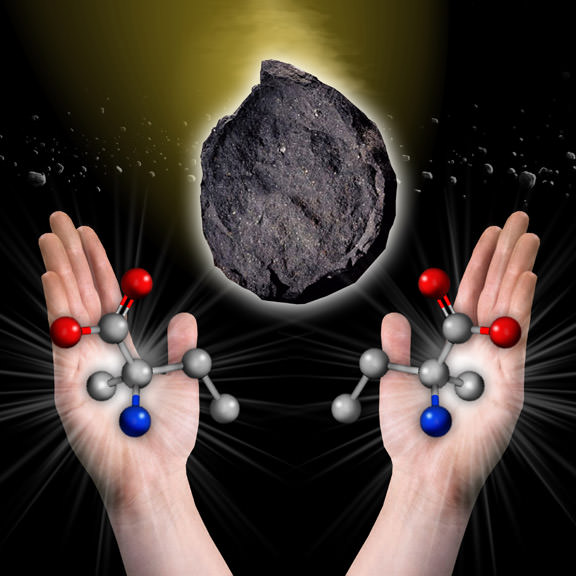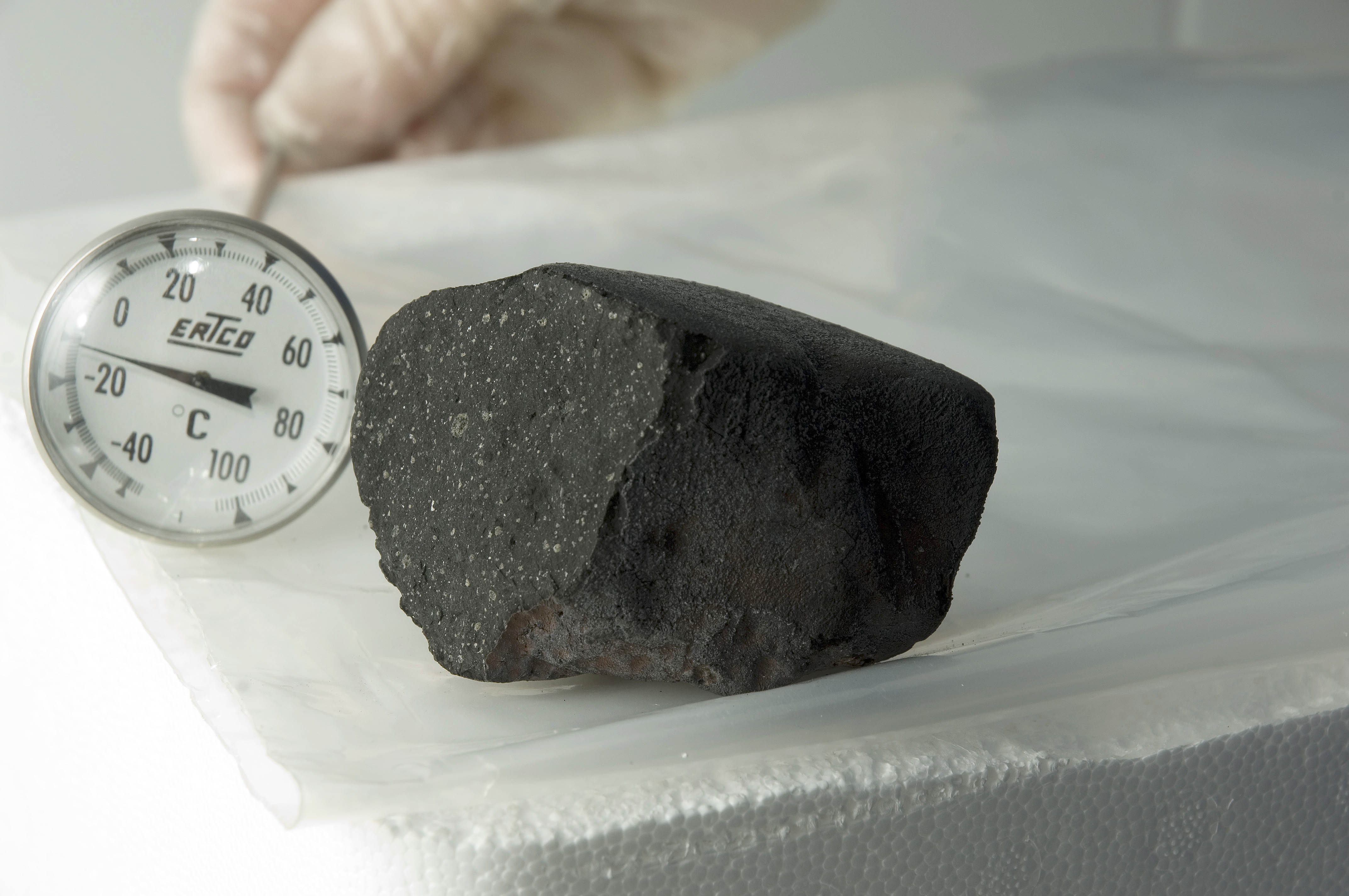Life's geological origins vis a vis panspermia
Posted: Mon Sep 27, 2010 1:39 pm
In the question of how life appeared on Earth, did it arrive or emerge, the geology of the Earth is important. Geologic elements needed for life must have concentrated to be useful. The material of Earth arrived in a mixed hodge podge of dust, molton and vaporized minerals from meteors, proto planets and comets impacting, heating, melting, vaporizing and spreading their matter all over. Life appears in the fossil record almost as soon as water. Computer simulations show liquid water could have appeared even before the end of the late heavy bombardment. The water was however ephermeral. The solid rock that appeared and could hold water protected from the hot molton primordial surface would be subsumed into the lava and the water would again be vaporized. Most of the surface was molton but cooling and solidifying, melting and solidifying again. Eventualy the surface stabilized, at least in some places, for water, life and the evidence of water and life to be preserved until today. We don't know if the evidence we have might have formed even when much of the surface was still molton sometime during the late heavy bombardment.
The surface was composed of widely and thinly spread minerals mixed into impermiable basalt and dust. Minerals are concentrated in water by water passing through permiable rock and dust, dissolving the minerals and depositing them in concentrates. There are many way for this to happen. Some minerals dissolve in water and deposit in concentration easily some don't. Some require complex preexisting concentrations of minerals to dissolve in water and complex concentrations of other minerals to deposit in concentration.
In order for life to survive on Earth certain minerals must have concentrated and moved into some degree of complexity of mixed concentrations with other minerals. Some were moved into mixture by water and some were moved by geologic drift forces. This takes time. More so the more complex the mixture of minerals.
Clearly the mixture of minerals in water was complex enough shortly after water appeared for life to have survived. However we know life can survive in mixtures of mineral concentrates of relatively low complexity. For life to emerge we believe a much higher complexity of minerals would be required.
Conclusion
Life could have survived on Earth in the mixture of mineral concentrates available had it arrived from elsewhere before we believe it could have emerged sponaneously from minerals available on Earth.
The surface was composed of widely and thinly spread minerals mixed into impermiable basalt and dust. Minerals are concentrated in water by water passing through permiable rock and dust, dissolving the minerals and depositing them in concentrates. There are many way for this to happen. Some minerals dissolve in water and deposit in concentration easily some don't. Some require complex preexisting concentrations of minerals to dissolve in water and complex concentrations of other minerals to deposit in concentration.
In order for life to survive on Earth certain minerals must have concentrated and moved into some degree of complexity of mixed concentrations with other minerals. Some were moved into mixture by water and some were moved by geologic drift forces. This takes time. More so the more complex the mixture of minerals.
Clearly the mixture of minerals in water was complex enough shortly after water appeared for life to have survived. However we know life can survive in mixtures of mineral concentrates of relatively low complexity. For life to emerge we believe a much higher complexity of minerals would be required.
Conclusion
Life could have survived on Earth in the mixture of mineral concentrates available had it arrived from elsewhere before we believe it could have emerged sponaneously from minerals available on Earth.







